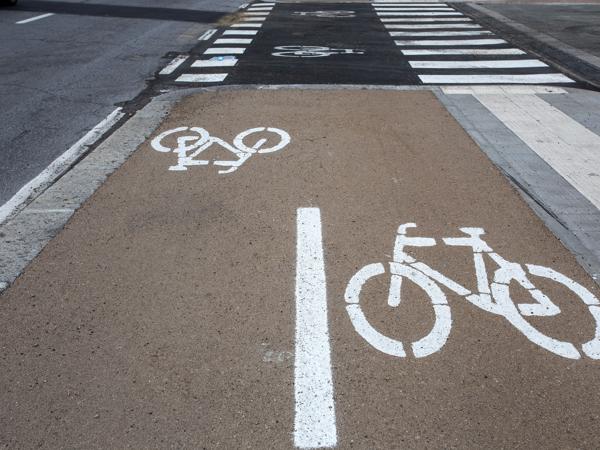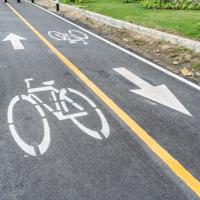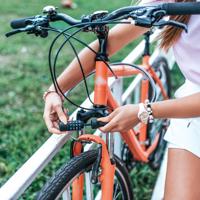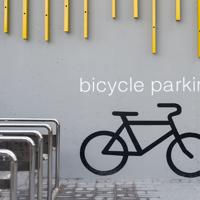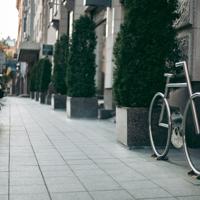Bicycles are wonderful modes of transportation. They’re eco-friendly, versatile, and enhance urban commuting. However, they’re also a target for theft. Securing your bike properly can mean the difference between a joyful ride and a discouraging loss. In this article, we’ll explore how you can better secure your bike, offering practical advice backed up by research and personal insights.
1. Choose Your Lock Wisely
While no lock is completely foolproof, investing in good quality locks can deter thieves who often seek easy targets. The market offers a variety of locks, including:
-
U-locks (D-locks): Known for their durability, these are usually made from hardened steel. When using a U-lock, try to fill as much open space inside the lock as possible to make it difficult to leverage tools.
-
Chain locks: These often come with a fabric covering to prevent scratches on your bike. Look for a chain that’s at least 8mm thick; anything less might be easier to cut.
-
Cable locks: While flexible, cables offer less security since they can be cut with basic tools. Use these as secondary locks, perhaps to secure wheels.
A study by ART lock testing found that heavier chains and U-locks generally resisted attacks longer than lighter or cable-style locks, emphasizing the importance of weight and material in theft deterrence.
2. Secure Your Frame and Wheels
A common mistake is to only lock the frame, leaving the wheels exposed. Thieves often dismantle unlocked parts, quickly making away with your choice components. Here is a practical way to secure both:
-
Use a U-lock or sturdy chain to affix the frame to an immovable object.
-
If possible, remove the front wheel and lock it with the rear wheel and frame.
-
Alternatively, purchase extra security skewers or pitlocks for the wheels. These replace the standard quick-release skewers, requiring unique tools to remove.
3. Evaluate Your Parking Spot
Location is key. Here are some tips to consider:
-
Park in well-lit, public areas. Thieves prefer secluded spaces where they won’t be disturbed.
-
Choose spots with CCTV surveillance if available.
-
Avoid consistently locking your bike in the same location for extended periods. Familiarity might give thieves time to plan an attack.
4. Consider Multiple Locks
Using two types of locks can provide added security. A U-lock combined with a cable or a chain lock can counter different theft techniques. Variety can increase the difficulty and time required for thieves, compelling them to move on to another target.
5. Perform Regular Maintenance and Checkups
Check your bike for exposed cables or deteriorating components. A well-maintained bike doesn’t just perform better; it can also be less enticing to thieves if it appears well cared for and frequently checked on.
6. Key Management
Keep track of your keys or combination codes diligently. Losing keys can be a hassle, potentially leaving your bike unsecured until replacements are found. This is more of a personal hassle than a theft deterrent, but it’s part of good security practices.
7. Consider Theft Insurance
If you frequently park in vulnerable areas or have invested in an expensive bicycle, insurance might provide peace of mind. Policies can vary greatly, so it’s worth shopping around to see what fits your needs.
Conclusion
Securing your bike isn’t about buying the “best” lock or relying on a single technique. It’s a multifaceted approach that employs good-quality locks, strategic parking choices, and a touch of personal vigilance. While nothing can completely eliminate risk, these tips can certainly help reduce the chances of theft. Happy cycling!
If you have personal experiences or additional insights, feel free to share them in the comments. Our community thrives on shared knowledge and experiences.
